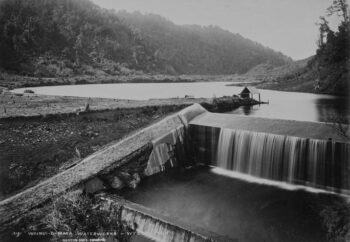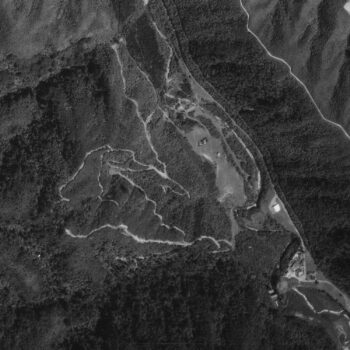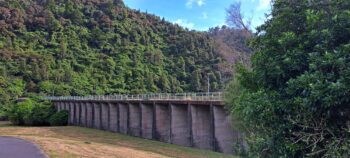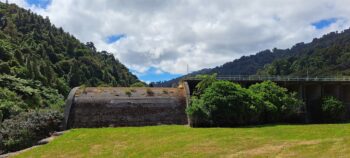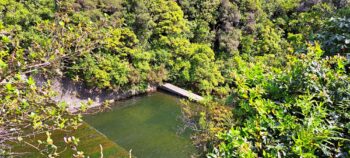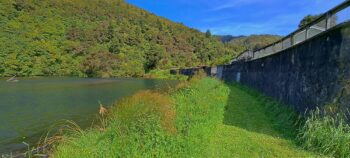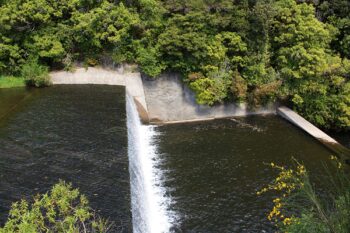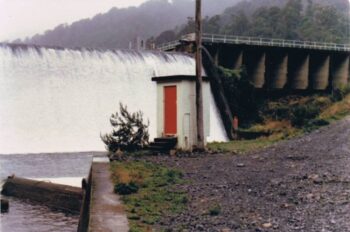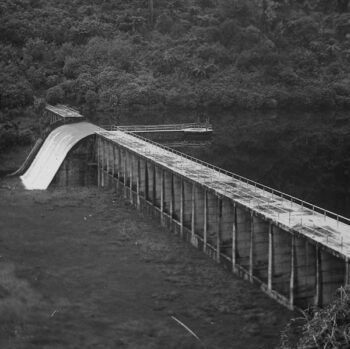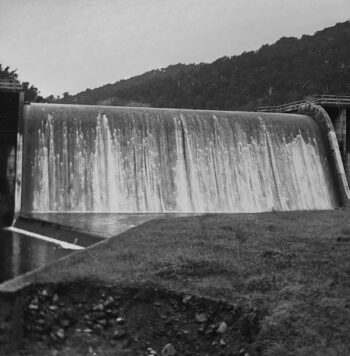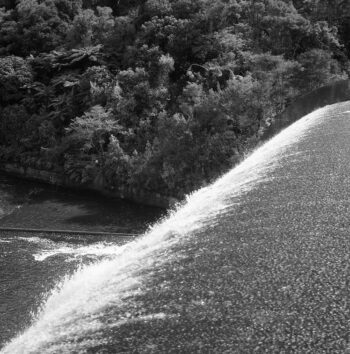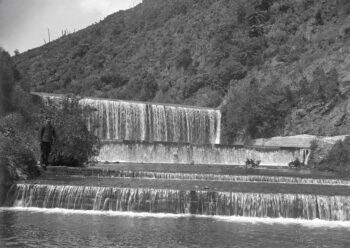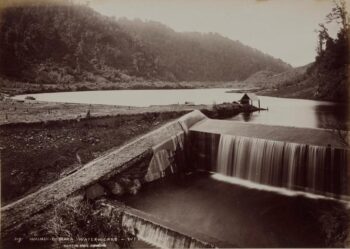Lower Dam
Wainuiomata Lower Dam (once known as the dam) is a significant historical structure that played a vital role in Wellington’s water supply. Built in 1884, it was one of New Zealand’s earliest public water supply dams and was crucial in providing fresh water to the growing population of Wellington. The dam was relatively small compared to modern standards, but at the time, it was an engineering feat.
Morton Dam
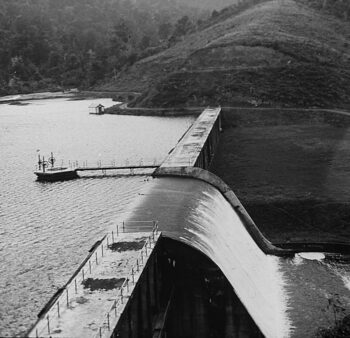 Morton Dam, built between 1908 and 1911, played a crucial role in supplying water to Wellington, with a capacity of around 700,000 cubic meters. It was a key component of the region’s water infrastructure until its decommissioning in 1988 due to concerns about seismic resilience and the accumulation of silt in the reservoir. Despite its decommissioning, the dam remains an important part of Wellington’s engineering history
Morton Dam, built between 1908 and 1911, played a crucial role in supplying water to Wellington, with a capacity of around 700,000 cubic meters. It was a key component of the region’s water infrastructure until its decommissioning in 1988 due to concerns about seismic resilience and the accumulation of silt in the reservoir. Despite its decommissioning, the dam remains an important part of Wellington’s engineering history
Learn more →
Proposed Dam
Over the decades, several geological surveys were conducted to assess the feasibility of building new dams in the Wainuiomata Valley, particularly as demand for water grew. For example, in 1978 a survey evaluated the environmental and geological suitability for constructing a new earth-rock dam in the valley. The proposed dam aimed to replace Morton Dam, but this was never realised due to concerns about environmental impacts and the stability of the valley’s rock formations.

